This article was originally published in the 2023 Pharmaceutical Patent Review with a pharmaceutical patent focus. As the information is applicable to all patent applicants, it has been updated here to incorporate broader industry.
Australia is one of the few major patent jurisdictions which has maintained in its patent law a discrete requirement that a patentee disclose the "best method" known to it of performing the invention.
Rather than remain in the background or even fade away, best method challenges have assumed an increasingly prominent role in Australian patent disputes and can significantly affect the conduct and strategy of Federal Court litigation, in particular. The table at the end of this article and downloadable below, summarises the claims, findings and key issues of selected Australian patent cases where best method has proven a pivotal issue.
Potential patent litigants should be mindful of the substantive and procedural implications best method issues can have in the Australian iteration of global disputes. In view of the increasing prominence of best method challenges, patent applicants should pay particular attention to this issue when filing and prosecuting patent applications in Australia, and especially when filing divisional applications.
Best in Australia (but nowhere else?)
Australia inherited its best method requirement from the United Kingdom, which itself abolished the corresponding requirement in its own legislation in 1977, coming into line with European patent law. The United States abolished its (perhaps less onerous) "best mode" patent revocation ground as part of the "America Invents" legislative reforms in 2011, although it can still play some role during examination before the USPTO.
Similarly, we understand that Japan has no formal best method requirement, although similar objections can be raised during examination it is not a ground of invalidity. New Zealand does retain a best method requirement (and it is a ground of revocation), and that is that the specification must "disclose the best method of performing the invention that is known to the applicant and for which there is an entitlement to claim protection". In Australia the requirement is that the specification must "disclose the best method known to the applicant of performing the invention".
Best method is a question of fact
The best method requirement under Australian law, now enshrined
in section 40(2)(aa) of the Patents Act 1990 (Cth), is a factual
question focusing essentially on what the patentee (or its
predecessor in title) actually knew at the time the
application
for the patent was filed in Australia (PCT filing or direct
Australian complete or divisional application), rather than at the
earliest priority date, and whether any of that known information
about the best method of performing the invention can be adjudged
to have been withheld from the patent specification. The obligation
is merely to disclose that method known by the patent applicant
(not the inventor(s)), including constructively.
Best method of performing "the invention"
The best method requirement pertains to disclosure of "the invention". Therefore, the starting point is to identify the invention, as claimed and described by the specification as a whole. Features which are ancillary to the invention do not form part of the "invention" for the purposes of the best method.
Whether a feature is ancillary to the invention depends on whether that feature is "necessary and important" to carry the invention into effect. "Best" means what is best in practice and not in theory. Commercial value or profitability is not of itself a relevant criterion for determining what is "best". What is required is disclosure of the most effective means of carrying out the invention known to the patentee at the relevant time. The best method of performing the invention does not have to be identified as being the best method in the specification.
Best method is similar, but in addition to, sufficiency
The best method requirement is therefore similar, but in addition and in important ways different to, the "sufficiency" requirement to provide clear enough and complete enough description to perform the invention, and the "support" and "clarity" requirements to draw claims that are clear and supported by matter disclosed in the specification.
Patents satisfying the sufficiency, support and clarity requirements are increasingly being found invalid for failure to disclose the best method. A tantalising intersection with the law of "sufficiency" is that a patentee is not obliged to disclose information that is already known to the skilled addressee by way of the common general knowledge. It may also be open to the patent applicant not to disclose relevant information on the basis that it is available to the skilled addressee by routine experimentation.
This is to be assessed by reference to the importance of the information in question, the practicality of disclosing it, and the extent of the burden imposed on the skilled addressee who is left to rely upon routine experimentation. This difficult argument was run successfully by the patentee in the GlaxoSmithKline case summarised in the table below.
Basis for best method challenges
Invalidity for failure to disclose the best method is not confined to scenarios where the patentee knows two (or more) methods and discloses the inferior method, although that is perhaps most common and often proven through discovered or other contemporaneous documents.
Invalidity may also arise where the comparison is between an "umbrella" or general methodology that is disclosed in the specification and "a specific method which was sure to provide the benefits of the invention" which was not disclosed. In either situation, the party challenging validity needs to identify some basis for asserting that the disclosure given in the specification is deficient because it is apparent that the patentee withheld information material to the best method of performing the invention.
When best method challenges typically arise
Given the fact-dependent nature of best method challenges, they arise most often in Federal Court of Australia proceedings (appeals from pre-grant opposition decisions of the Patent Office or post-grant revocation cases), where discovery, subpoenas, witness cross-examination and other compulsive processes are available to parties challenging patent validity – see, for example, the Servier decision summarised in the table below.
Best method is also increasingly being run as a ground of opposition in pre-grant inter partes oppositions in the Patent Office, typically on the basis of detail apparently absent on the face of the specification or in view of publications or statements in a declaration by the inventor (eg, as part of the patent applicant's evidence on inventive step or entitlement).
Best method objections are rarely raised during examination, and
are discouraged by the Examiner's Manual published and used by
IP Australia – although the Kineta Inc. decision summarised
in the table below is an example of a patent
application being refused during examination on the basis of a best
method objection. The Australian Patent Office Examiner's
Manual on this point states "Evidence for whether the
applicant has actually provided the best method of performing the
invention is generally not available during examination. Therefore,
any method the applicant has provided is considered 'the best
method'. Objections relating to whether it really is the best
method are likely to arise during opposition proceedings rather
than during examination."
Impact best method allegations can have on conduct of patent disputes
Because best method is a question of fact, it can provide fertile ground for seeking discovery from the patentee. The Court has adopted an increasingly strict approach to best method pleadings, which must not be general and speculative in the hope of finding a best method case after the patentee gives discovery.
The Court may refuse discovery if there is no apparent best method case without discovery. However, if a sound basis canbe provided for pleading a specific lack of best method case, discovery orders are often made in Federal Court proceedings and can prove onerous for patentees, particularly if the patent in suit was filed many years ago and the invention was developed during a major R&D programme.
Such discovery exercises can significantly expand the timetable for evidence and pre-trial steps, as well as the scope and costs of the proceedings overall. Mindful of this, sometimes the discovery sought with respect to best method is targeted at specific documents expected to exist, such as parts of regulatory dossiers – see the successful application for discovery in the AUPharma decision in the table below.
The potential complications and case expansion arising from best method discovery and subsequent evidence has also motivated parties to actively consider whether best method issues might be considered as "separate questions" before all other issues of validity and infringement – see the unsuccessful application made by the patentee in the Novartis decision in the table below.
Implications for patent drafting
As failure to disclose the best method is a ground for invalidity, patent applicants should take care to ensure that the specification contains a sufficiently detailed description of the invention at the time it is filed.
While applicants need not disclose details which would be well-known and understood by the skilled person, authorities have confirmed that a patent specification must disclose "each essential element or feature of the invention, even if a skilled addressee would know or could readily ascertain that element" (see BlueScope Steel Ltd in the table below).
It follows that in order to minimise the risk of a best method challenge, applicants should err towards providing all known experimental parameters and details, avoiding paraphrasing or summarizing, and include all examples that demonstrate success (to the extent practical).
When the claimed invention is a product (particularly pharmaceutical compounds) it may also be necessary to provide the best method of making that product, as set out in the Servier decision. In this regard, applicants should avoid relying on generalised or "known" methods and instead describe the specific method which was followed to obtain the inventive product. This is particularly important if a range of methods are available and it is known to the applicant that one method provides a material advantage to the end product when compared to another.
As "the invention" in an assessment of best method is determined based on the disclosure of the specification as a whole (rather than just the invention as claimed), applicants should provide detail on each feature which has an impact on the invention, even if this feature is not ultimately claimed. This was illustrated in the Sandvik decision (see table below), where it was considered that the patentee failed to describe the best method because the specification did not describe the best form of sealing member, a feature which was not claimed but considered by the judge to be "necessary and important to carry that invention into effect".
Additionally, simply stating in the specification that a particular embodiment is the "best" or "most preferred" will not necessarily satisfy this requirement, if said embodiment is found to lack an essential feature of the invention. Note that the best method does not need to be identified as such in the specification.
Impact of best method requirements on patent prosecution and divisional practice
Although it is a ground for Examination, in our experience Australian Examiners will rarely allege a failure to disclose the best method. However, this ground may be utilised by an opponent in opposition proceedings and during litigation.
The best method requirement is particularly onerous for divisional applications. As noted in the Dometic decision below, for a divisional application the divisional specification must disclose the best method known to the applicant of performing the invention as at the date the divisional application is filed. Accordingly, if the applicant has become aware of a better method of performing the invention since the parent application was filed, it may be necessary to include experimental details of this method when filing the divisional specification.
Note that it is possible to include new subject matter in a divisional patent specification before it is filed, similar to a US Continuation-in-Part application. New information cannot be added to an Australian patent specification after it is filed.
This may raise the question of exactly what information should be included in the divisional specification to meet this requirement. Critical to this is an assessment of what "the invention" is, and this is determined based on the disclosure of the specification as a whole (not just the claims). Naturally, this needs to be considered carefully for each individual application, and please see our comments above in this regard. It may be beneficial to seek advice from your Australian patent attorney on this issue if needed.
Lastly, this requirement in relation to divisional applications can also raise complex issues. For example, in order to meet the requirement it may be necessary to include certain information into a divisional specification at the time of filing, but the applicant may be intending to file a new provisional patent application using that same information. If this type of issue arises, we suggest that this is discussed with your Australian patent attorney.
Reach out to the team
We have specialist patent attorneys and intellectual property lawyers with expertise across all industries. If you have questions or require assistance with your patent matters or patent application in Australia, or across the Asia Pacific region, please contact our team for a discussion.
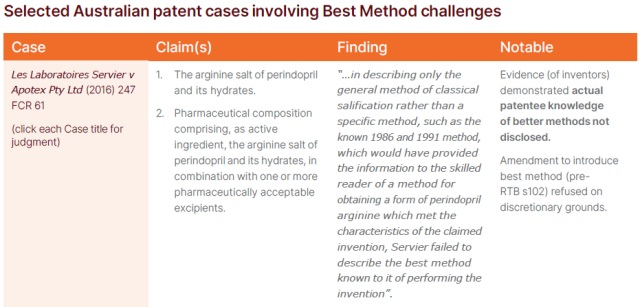
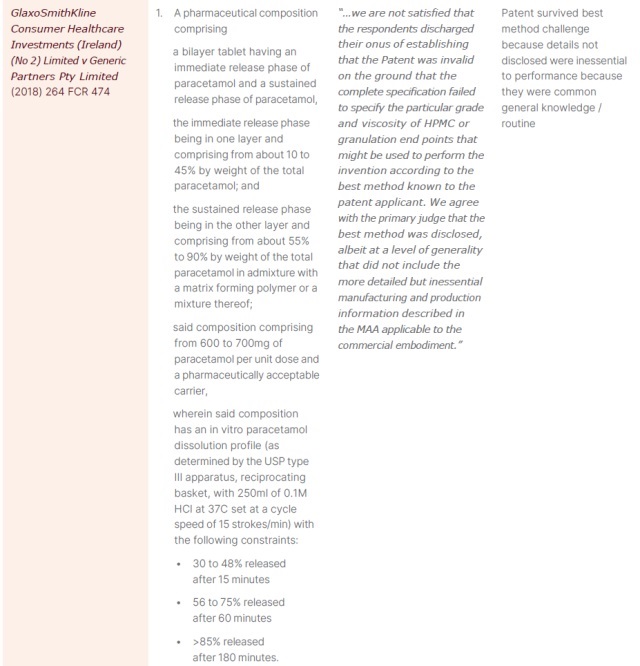
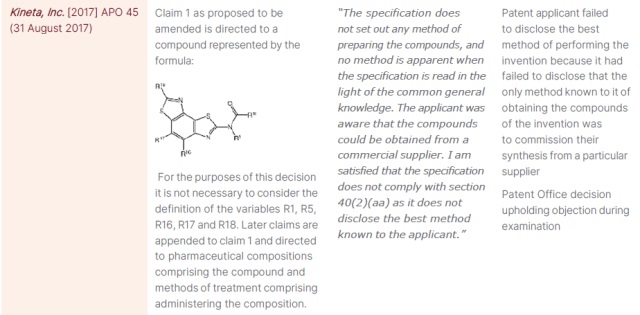
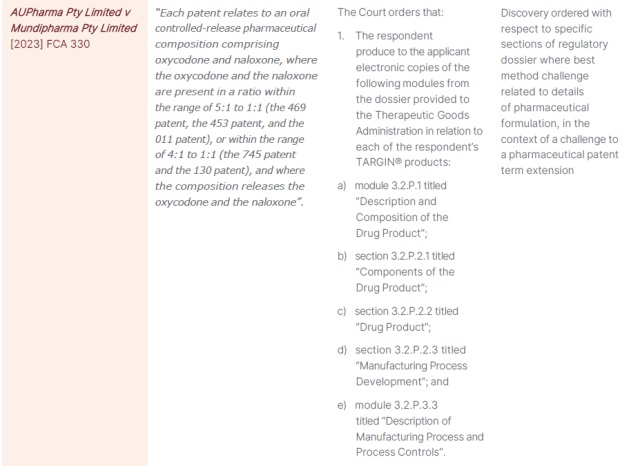
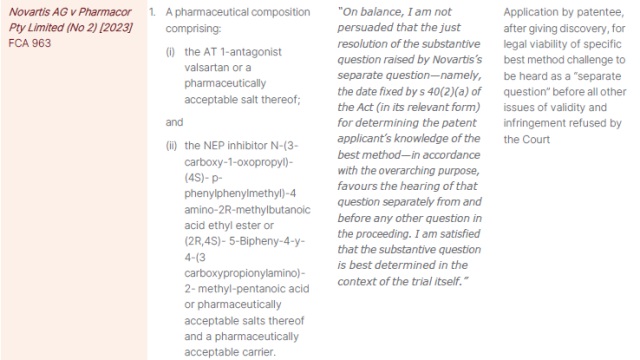
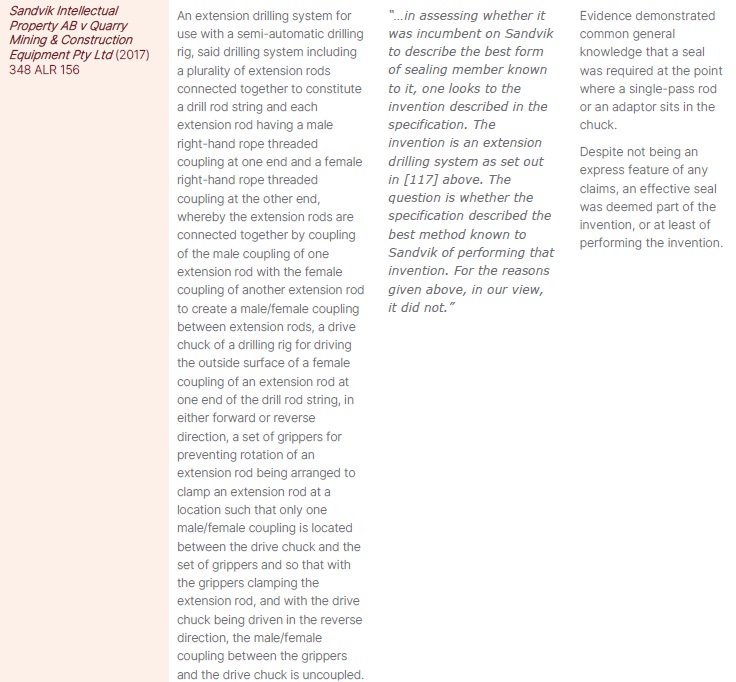
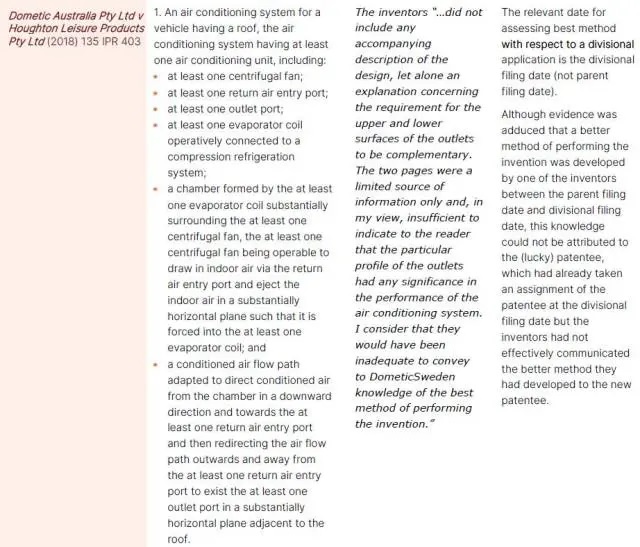
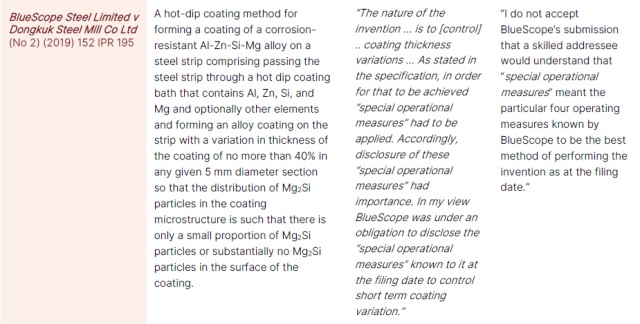
The content of this article is intended to provide a general guide to the subject matter. Specialist advice should be sought about your specific circumstances.




